Knowledge of the weather and climatic seasons was developed by Indigenous Australians over tens of thousands of years. Many people think that Indigenous seasons are more relevant in Australia than the European seasons based on summer, autumn, winter and spring.
Indigenous seasonal calendars are regional and describe the environment during the year as well as showing respect for plant and animal lifecycles and conservation.
The Traditional Owners and Custodians of the Georges River are the Kamegal, Bedigal, Cabrogal, Cannemegal, Gweagal and Norongerral people of the Eora, Dharug and Dharawal nations.
Presented here are excerpts from “D’harawal: Seasons and Climatic Cycles” by Frances Bodkin, a compilation based upon interviews and writings from Traditional Knowledge holders.
 swamp-wallaby by neonsignal is licensed under CC BY-SA 2.0
swamp-wallaby by neonsignal is licensed under CC BY-SA 2.0
The Season of Burran
Gadulung Marool – Hot and dry
This time of year (roughly January through to February or March) is signified by the blooming of the Weetjellan or Hickory Wattle (Acacia implexa) and indicates that the people were forbidden to eat meat or fish during this time. The staple diet during the Time of the Kangaroo was fruit, seeds, and the roots and tubers of those plants which had finished flowering. It was usually the hottest time of the year, and a time when the people did not wander far from their water source.
Cooking fires were avoided wherever possible during this time of year, and when they had to be lit the preferable location was in sand and well away from other vegetation.
The Time of the Kangaroo was the breeding season for kangaroos and wallabies thus hunting of these animals was forbidden during this time.
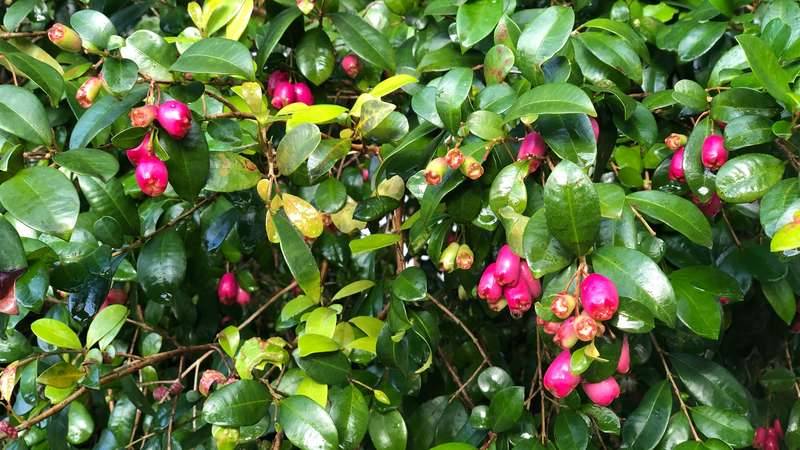
The Season of Marrai’gang
Bana’marrai’yung – Wet becoming cooler
This time of year equates roughly to March, April and May of the European year. It is an important time of year when the fruit of the Lilli Pilli (Acmena smithii) ripens and food is plentiful. However, when the fruit begins to fall from the trees it is a sign that it is time to start moving from the highlands and plains down to the coastal areas. It is also the time to start mending cloaks or making new ones in preparation for coming cold weather.
The Time of Marrai’gang is also the time to survey the bushland to make it ready for the burning of the country if the Keeper of the Flame, Dharamuoy, considers it necessary and if the weather and winds allow it to be done safely. It is also the season when young male animals can be eaten once the traditional rites have been conducted.
During this time the raucous cries of the quoll can be heard throughout the bushland as it seeks its mate.
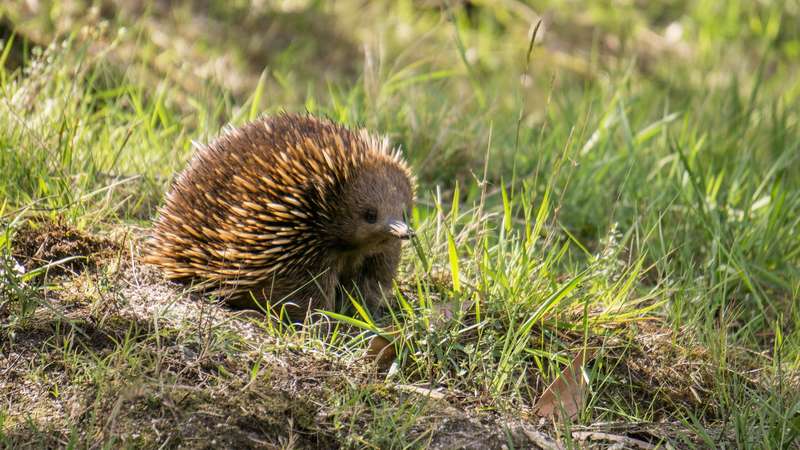 Echidna by Viktor_U_Cat is licensed under CC BY 2.0
Echidna by Viktor_U_Cat is licensed under CC BY 2.0
The Season of Burrugin
Tugarah Tuli – Cold, frosty, short days
The flowering of the Burringoa or Forest Red Gum (Eucalyptus tereticornis) in June to late July signifies the coming of the really cold weather and the appearance during the day of the echidna forming long, jostling lines, with a female lead and several males following her in a mad race through the bushland.
The appearance of the Burringoa blossoms also indicates that it is a time when the people are not permitted to eat shellfish such as prawns, crabs, yabbies, mussels, pipis, lobsters or periwinkles; but the nectar-laden flowers attract other creatures such as the possums and birds to provide adequate food to survive the cold times.
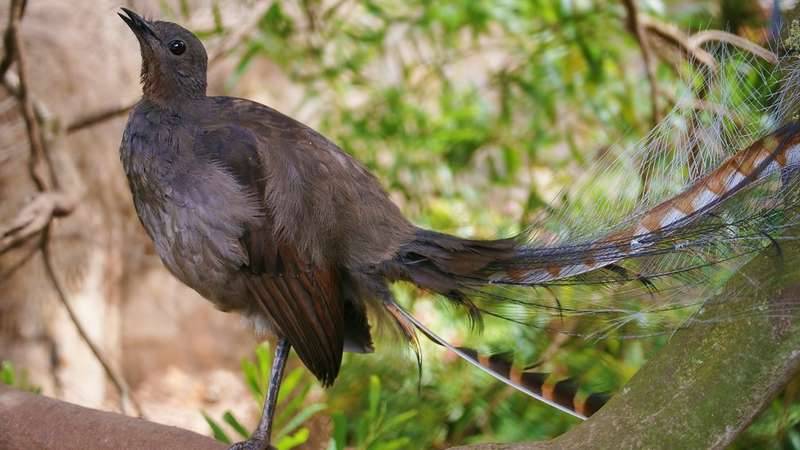 Image r.i.p chook by rogersmithpix is licensed under CC BY-NC 2.0
Image r.i.p chook by rogersmithpix is licensed under CC BY-NC 2.0
The Season of Wiritjiribin
Tugarah Gunya’marri – Cold and windy
During the Tugarah Gunya’marri (approximately August) the days are getting noticeably longer, but the weather is still cold. Then, with the blooming of the Marrai’uo or Gossamer Wattle (Acacia floribunda) comes the cold, southwesterly winds; the children become cranky and the adults become bad-tempered. It is not a good time of year for anyone.
However, the calls of Wiritjirbin, the lyrebird, ring through the bushland as he builds his dancing mound and announces his readiness to all potential mates. Soon the winds die down and the beautiful Boo’kerrikin or Green Wattle (Acacia decurrens) blooms, lighting the dull bushland with its glorious golden flowers and the heavy perfume. It is a time for preparing for new ceremonies that will take place within the next moon, the celebration of the new beginning, the new awakening.
But Tugarah Gunya’marri is also the time that Boo’gul, the tiny marsupial mice, are the most active. It is their time to breed and the time for the males to die. They run madly around their home grounds, chasing the females and mating until they collapse from exhaustion and die.
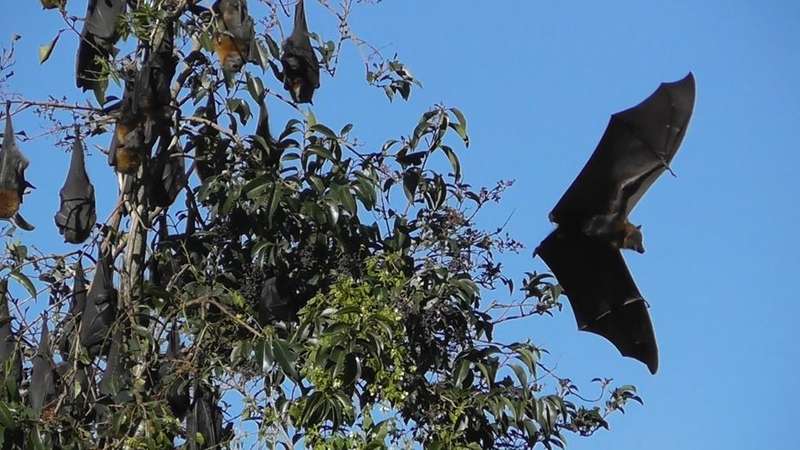
The Season of Ngoonungi
Murrai’yunggory – Cool, getting warmer
The cold winds have now gone, and the days are starting to get warmer. The Season of the Ngoonungi coincides with September – October of the European calendar. The buds of the Waratah (Telopia speciosissima) swell and redden, and the flying foxes gather in vast numbers over D’harawal Lands as the sun sinks below the horizon and dusk falls. Gentle rains fall during this time, and the flowers bloom heavy with nectar. It is a time for ceremony, and the clans gather to celebrate a time of plenty.
This is also the time when the restrictions on eating shellfish, prawns, crabs, yabbies and the lobsters and lifted, and feasting on the beaches and river banks occurs. The shells of mussels, pipis and other molluscs are carefully preserved by placing them in middens, above the high-tide line. The ash of the shells was used as a base for sealants, and finely crushed shells were mixed with a liquid given to children as a medicine.
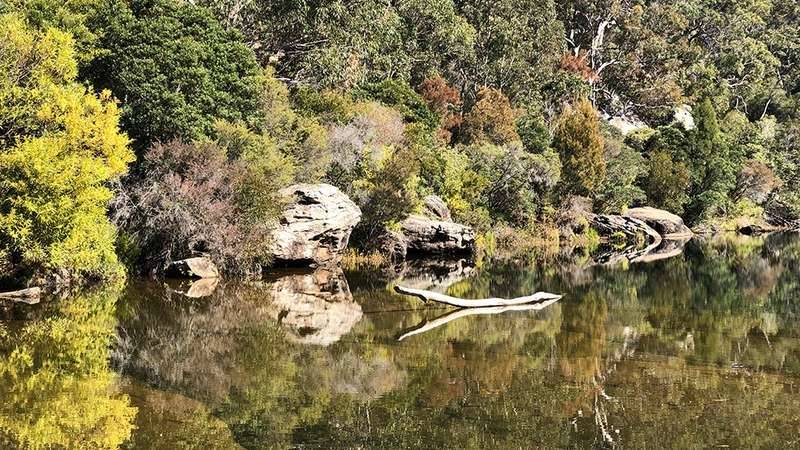
The season of Parra’dowee
Gooray’murrai – Warm and wet
At this time that roughly equates to November and December, it is unwise to camp near rivers; the weather is getting hotter and storms with the heavy rain more frequent. The golden yellow flowers of the Kai’arrewan or Coast Myall (Acacia binervata) indicate the beginning of the season, giving plenty of warning of the storms to come. In massive numbers the freshwater eels begin their long journey down the rivers and creeks and out to sea where they will mate and die. The Time of the Eel signifies the time to prepare for the very hot weather which will, within the next two moons, scorch the land and the people.
During this time, also, the fish will be running in the rivers, and on moonless nights the tidal rivers will echo with the delighted cries of the People as they catch the delicious prawns which inhabit the shallows.













